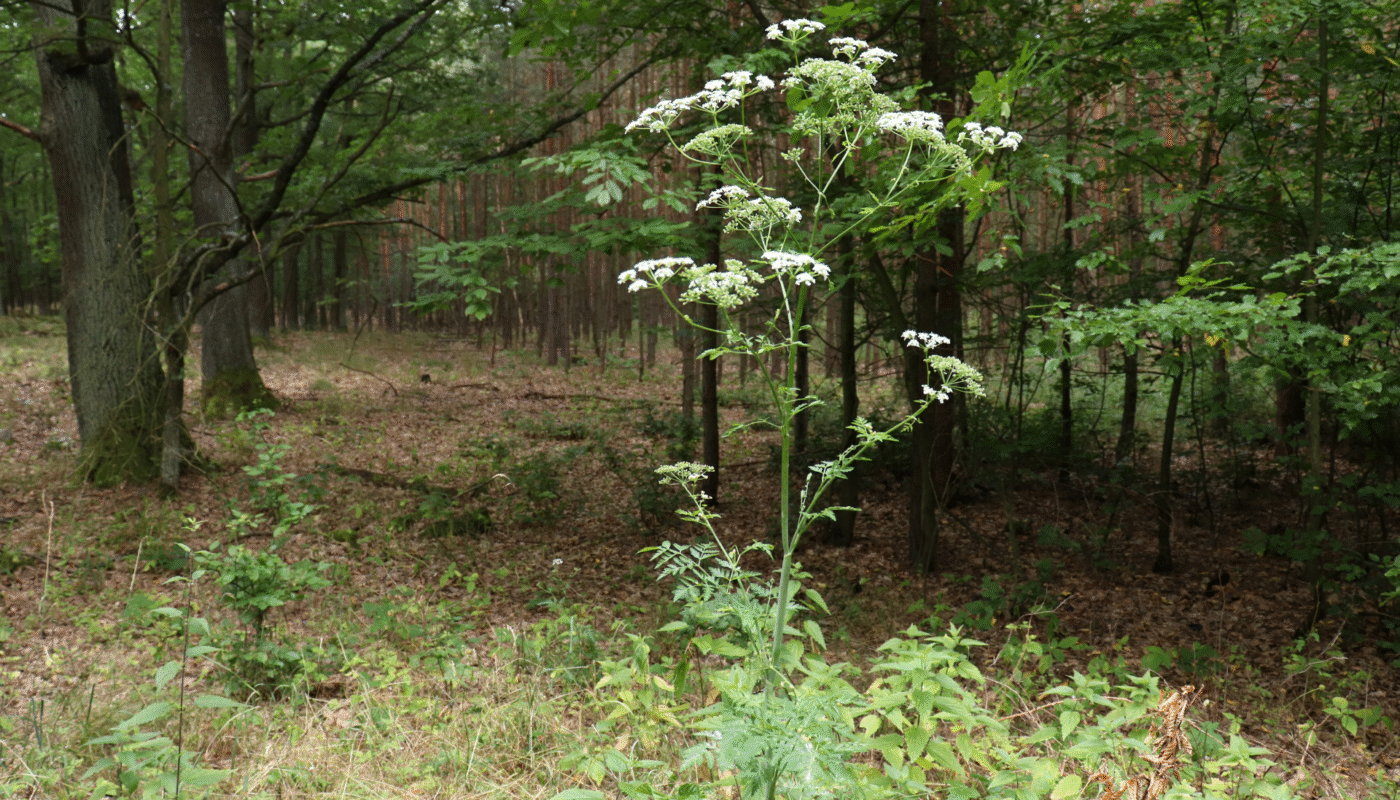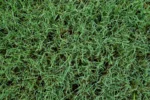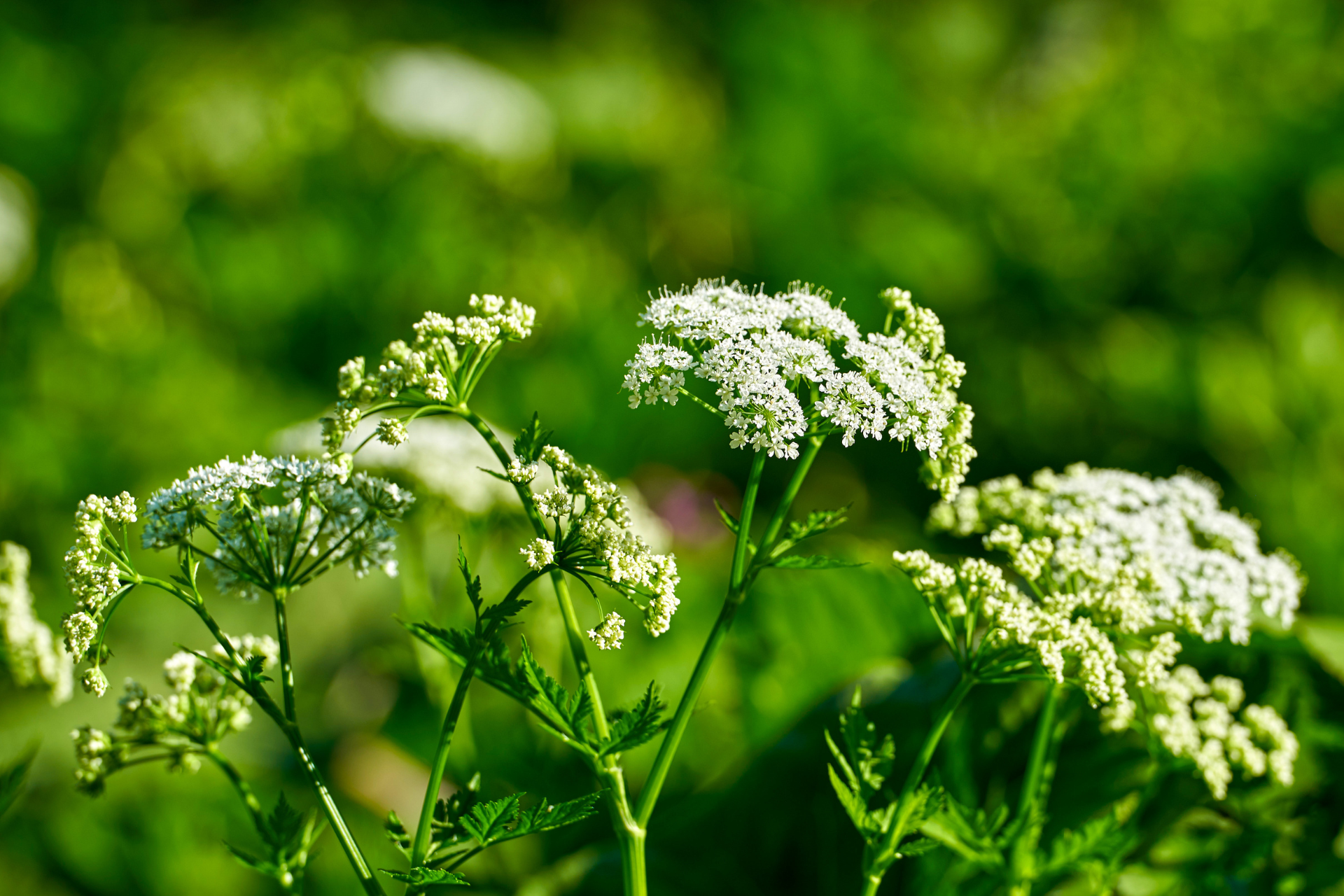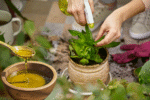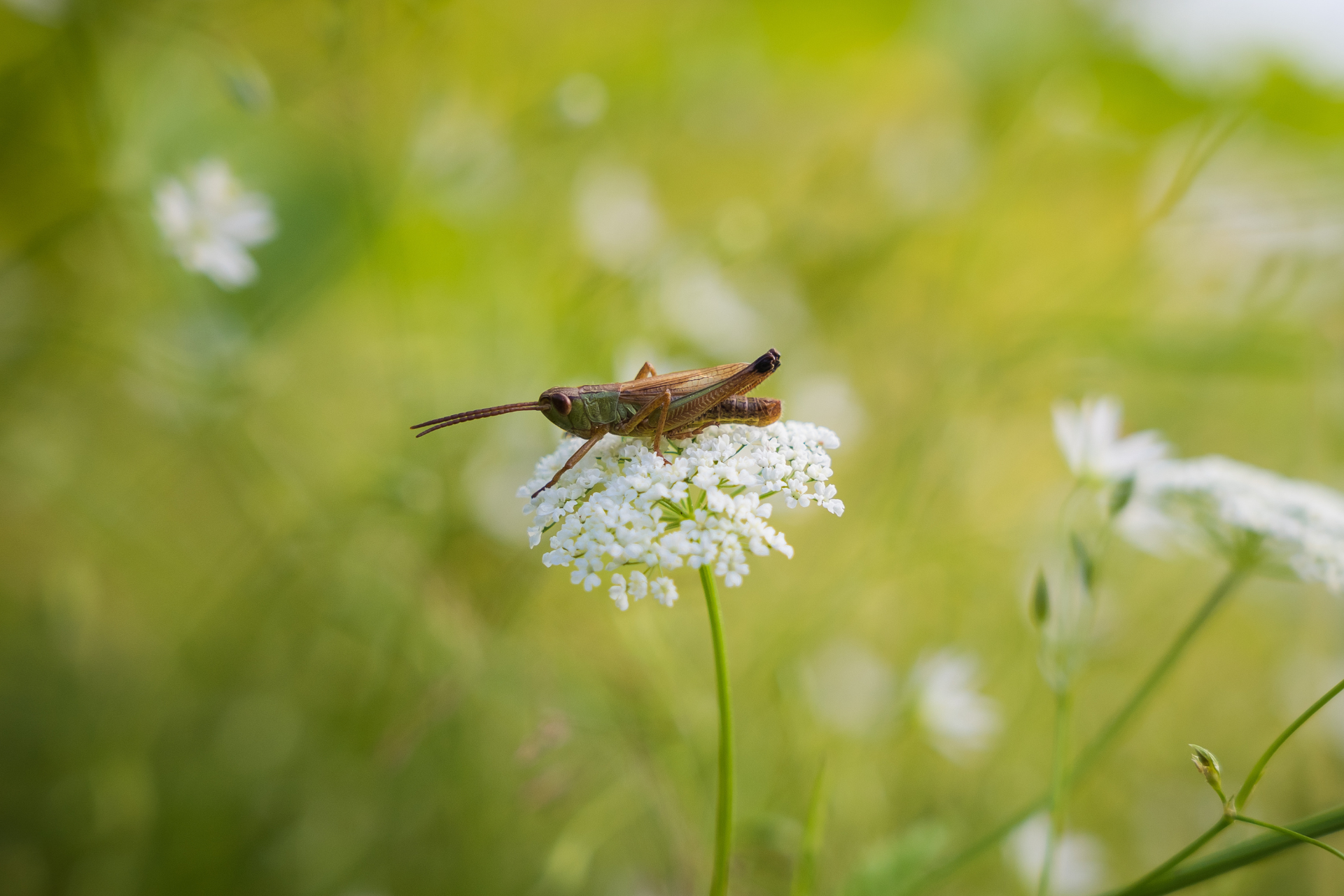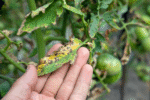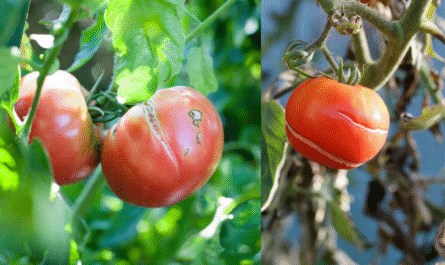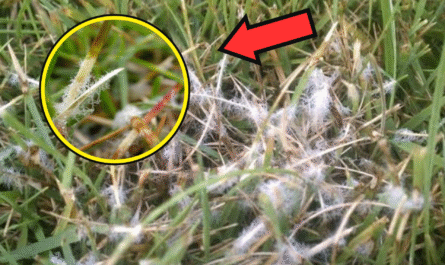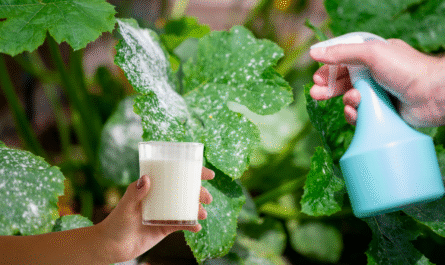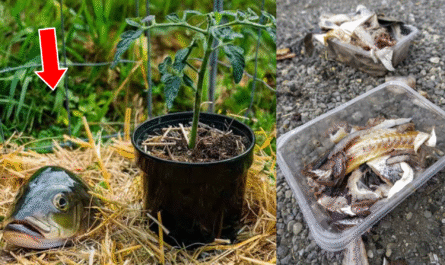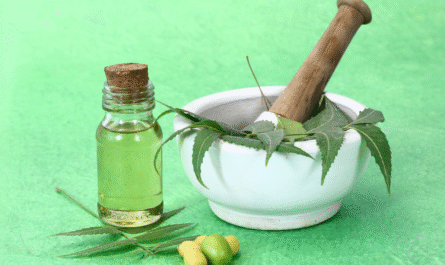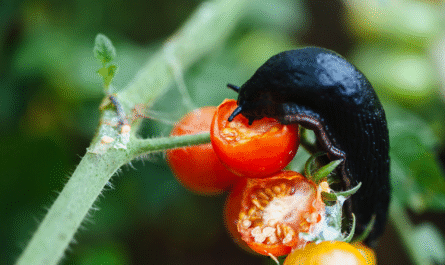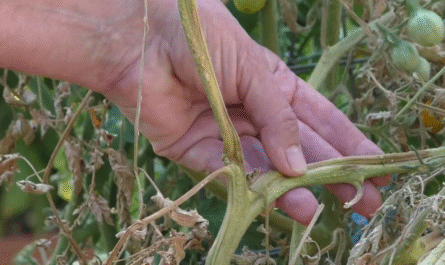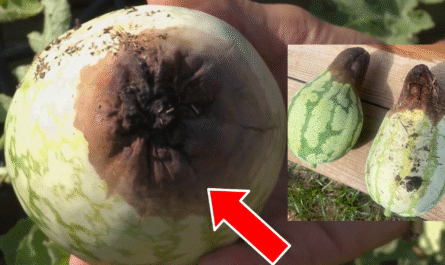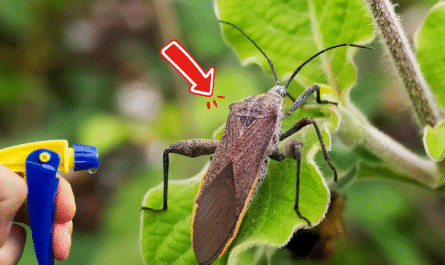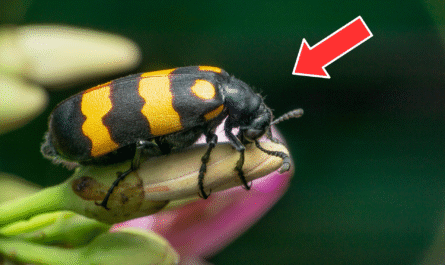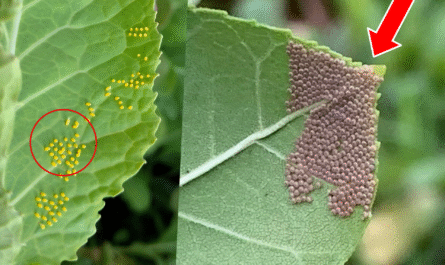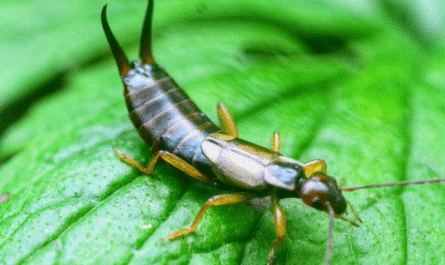As spring turns to summer across Missouri, lush green growth is everywhere, but not all of it is welcome. State officials are sounding the alarm about a dangerous plant creeping into pastures, roadsides, and even backyards.
Poison hemlock, though it may resemble harmless wildflowers at first glance, poison hemlock is a toxic invader that poses a serious threat to livestock, pets, and humans. And with the plant entering its peak bloom, the Missouri Department of Conservation (MDC) and University of Missouri Extension (MU Extension) are urging residents: ”Act now, or risk a bigger problem later.”
Here’s everything you need to know about this dangerous plant, why it’s such a threat, and what you can do to stop it before it spreads.
What Is Poison Hemlock?
Poison hemlock (Conium maculatum) is a highly toxic biennial plant that’s been quietly spreading across Missouri for decades. Originally native to Europe and North Africa, it was introduced to North America in the 1800s as an ornamental plant and has since taken root in nearly every U.S. state.
The plant is most commonly found in:
- Ditches
- Roadsides
- Fencerows
- Creek banks
- Pastures
- Hayfields
During late spring and early summer, it enters a vigorous growth phase, shooting up to six feet tall and producing umbrella-shaped clusters of small white flowers.
Identification tips:
- Tall, hollow stems with distinct purple streaks or blotches
- Finely divided, fern-like leaves (similar to carrot tops)
- Small white flowers with five petals, arranged in umbrella-like clusters
- Foul, musty odor when crushed
It’s often mistaken for harmless wildflowers like Queen Anne’s Lace or yarrow, but don’t be fooled. Unlike those plants, poison hemlock is deadly if ingested, and even brief exposure to its sap or airborne particles can cause irritation.
Also Read: This Fly Threatens to Crash the U.S. Cattle Industry and Cost It Millions of Dollars
Why the Urgency Now?
In Missouri, poison hemlock begins blooming in late spring and sets seed quickly. That timing is critical. Right now, the plants are actively producing seed heads, and if left alone, each plant can release thousands of seeds that remain viable in the soil for years.
According to the MU Extension’s recent guidance, this is the most effective window to mow or spot-treat poison hemlock before it spreads even further.
Dr. Mandy Bish, an extension weed scientist with the University of Missouri, emphasizes the importance of early action:
“Poison hemlock spreads fast. Mowing at this stage helps prevent it from reseeding. Once it’s established, controlling it becomes more expensive, time-consuming, and dangerous.”
Toxicity Risks: How Dangerous Is It?
Every single part of poison hemlock is toxic, including its roots, leaves, stems, flowers, and seeds. Its toxicity comes from a group of alkaloids, particularly coniine, which affects the central nervous system.
Even small doses can cause paralysis, respiratory failure, or death in humans and animals.
Symptoms of poison hemlock poisoning include:
- Muscle tremors
- Dilated pupils
- Excess salivation
- Weakness
- Respiratory distress
- Convulsions
- Death from respiratory paralysis (in severe cases)
The danger is real, not just for curious children or pets, but also for livestock grazing in infested pastures. Cattle, sheep, goats, and horses can all be poisoned by consuming fresh or dried hemlock, especially if it’s accidentally included in hay or forage.
Best Ways to Control It
If you suspect poison hemlock is growing on your property, here’s what the experts recommend:
1. Mow It Down—Now
Mowing is currently the most effective way to control poison hemlock, especially along roadsides, in hayfields, and in open pastures. Timing is key:
- Mow while the plant is in bloom, but before seeds fully mature
- Multiple mowings may be necessary if regrowth occurs
- Dispose of plant debris where it won’t be accessed by people or animals
Safety tip: Always wear a mask and eye protection while mowing. The plant can release tiny airborne particles that may irritate lungs or skin.
2. Spot-Spray With Herbicides
If mowing isn’t feasible—due to terrain, proximity to sensitive areas, or equipment limitations—MU Extension recommends spot-spraying with glyphosate or growth-regulator herbicides. The ideal application is in early spring or fall when the plant is in its rosette stage, but even now, spraying can help suppress further spread.
Use caution to avoid overspray on surrounding native plants, and follow herbicide labels closely.
3. Manual Removal (With Full PPE)
In areas with only a few isolated plants, hand-pulling can be effective, but it’s not without risk. Anyone handling poison hemlock should wear:
- Heavy-duty gloves
- Long sleeves and pants
- Eye protection
- A dust mask or respirator
Do not compost the plant. Seal it in a trash bag and dispose of it according to local hazardous plant guidelines.
What Not to Do
- Don’t burn it. Burning poison hemlock can release toxic fumes that are dangerous to inhale.
- Don’t compost it. The plant’s toxins can remain in compost and contaminate soil or water.
- Don’t ignore it. Even a small patch can seed thousands of future plants.
Long-Term Strategy: Prevention and Monitoring
The battle against poison hemlock isn’t won in one season. Because of its prolific seed production and long seed viability, property owners and land managers should make hemlock surveillance part of their annual routine.
Best practices for long-term control:
- Regular mowing: Especially along fence lines, ditches, and less-traveled roads
- Early detection: Learn to identify young rosettes in the spring
- Improve soil and plant competition: Healthy, well-managed pastures are more resistant to invasion
- Educate others: Share information with neighbors, local farmers, and community members
What If You’ve Already Been Exposed?
While just touching the plant doesn’t usually result in poisoning, sap from broken stems can irritate skin, and pollen or dust from mowing may cause respiratory symptoms. If exposure occurs:
- Wash skin thoroughly with soap and water
- Remove contaminated clothing and launder it
- Rinse eyes or mucous membranes if exposed
- Seek medical attention if symptoms like nausea, muscle twitching, or breathing trouble occur
For suspected livestock poisoning, contact a veterinarian immediately. Prompt treatment can be life-saving.
What Makes Poison Hemlock So Hard to Eradicate?
Poison hemlock is persistent, adaptive, and reproduces with ruthless efficiency. A single plant can produce 30,000+ seeds, and those seeds can remain viable for up to six years. The plant thrives in moist, disturbed soil, common along roads, construction zones, and creek banks, and once it gains a foothold, it outcompetes native vegetation.
Its deceptively delicate appearance, white flowers, and feathery leaves make it easy to overlook or mistake for other plants, especially during its first year when it grows as a low rosette.
That’s why early identification and aggressive control are crucial.
A Growing Threat Across the U.S.
Missouri isn’t alone in this battle. Poison hemlock is spreading across much of the Midwest, South, and even parts of the Pacific Northwest. In some states, it’s classified as a noxious weed, and local governments are investing heavily in eradication efforts.
Climate change, increased rainfall, and reduced competition from native species have all contributed to the plant’s expansion. And unlike other invasive plants that are “merely” disruptive, this one is deadly.
Don’t Wait, Act Now
If you spot poison hemlock on your property—or even along the roadside near your home—don’t wait. Missouri officials are clear: mow it now, or risk a much larger infestation later.
The longer it’s left alone, the more seeds it spreads. The more seeds it spreads, the more dangerous it becomes for people, pets, and livestock. Whether you’re a landowner, farmer, gardener, or just a concerned citizen, controlling this plant is everyone’s responsibility.
Don’t assume someone else will deal with it. Learn to recognize it, stay safe while managing it, and spread the word to others in your community.
Because when it comes to poison hemlock, waiting just makes it worse.
Resources:
- Missouri Department of Conservation
- University of Missouri Extension
- National Invasive Species Information Center

